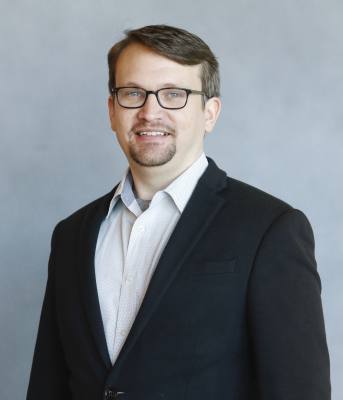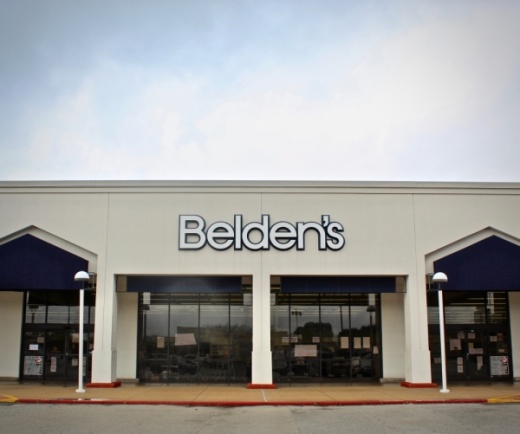“It’s really a blow to the community,” said Terry Cominsky, a Realtor and president of the Greater Meyerland Super Neighborhood, a group of civic clubs representing the area.
“The store did a lot for the nearby apartments, but those have been struggling, too.”
The closure is seen by some as the latest aftershock of Hurricane Harvey, which came after back-to-back years of flooding in 2015 and 2016 that worsened the area’s reputation for being flood-prone. Census data shows the population of 77096, the main Meyerland ZIP code, has shrunk to its 2010 population level, while nearby ZIPs have grown at a steady clip.
Meanwhile, efforts by other residents to shore up community engagement are taking root, and retail industry experts say the area still has fundamental strengths that could lead to a revival.
Retail trends
Before Belden’s shuttered, the area suffered the loss of its original H-E-B location at Chimney Rock Road and South Braeswood after it took on water during Hurricane Harvey.
The lot sat vacant for years, prompting nearby resident Michael Babajanov to kickstart efforts to launch a farmers market—which marked six months of running every Saturday and Sunday in January, rain or shine. He followed that success with the debut of a food truck park on Jan. 4.
“We’re following the ‘crawl, walk, then run’ approach,” Babajanov said. “We were crawling; we’re starting to walk; it’s starting to take off.”
He said the community has showed up, and as the only market open both Saturdays and Sundays, he is able to serve more people, including more of the area’s Jewish population.
“My goal is to revitalize the corner of Braeswood and Chimney Rock,” he said. “It’s a shame businesses aren’t thriving here. It is not for lack of community support.”
Jason Gaines, senior vice president and retail division leader with NAI Partners, a commercial real estate firm, said the challenge is that nearby areas, including Bellaire, West University and even the Galleria, are able to attract more retailers that can claim to serve the area of Meyerland. He said the firm was close to landing deals with LA Fitness and later with Aldi grocery stores for a Meyerland-area location, but those fell through because of proximity to other locations.
“What some of these national retailers don’t realize—and what we try to remind them—is that Houston is densifying, and you can have multiple locations of stores two miles apart,” Gaines said.
Another challenge is getting the right mix of demographics and redevelopment of properties to attract newer, higher-rent-paying tenants, he said.
“The area needs more younger families; it needs some turnover to get the right mix,” Gaines said. “But it’s an attractive area, and it will get there.”
Looking for a turnaround
Kominsky points out that Project Brays, due to be completed in 2021, could go a long way toward alleviating flood concerns.
“The bayou is almost done, and I think we’re all curious to see what that will look like when the next storm comes in,” she said.
While there are vacant lots and abandoned properties throughout Meyerland awaiting buyout funds, elevation projects, repair grants or to simply get sold, other homes are turning over, and new homes are gradually being built.
“It’s not a ghost town by any stretch; let’s not pretend that it is,” Babajanov said.
However, he said the area needs to take steps to attract new growth.
“Everything needs a facelift. When you give a fresh look to something, it changes everyone’s opinion and view, and people react differently because the energy is positive,” he said.
That is why Babajanov is actively working to assemble a group to try to purchase the old H-E-B property and find a use that will generate some interest in the area.
Across the street, at the now-vacant Belden’s lot, residents hope an exciting project can come in to help rekindle hope in the area. At a recent meeting of the Greater Meyerland Super Neighborhood, residents’ hopes included a food hall; an alternative to H-E-B, such as Trader Joe’s; or even an alternate location for a Houston Public Library branch.
In the longer term, the area will need to experience a full residential recovery and revival before it will see the kind of redevelopment that is taking off in areas inside the Loop, Gaines said.
“The Heights had a similar problem. The residential market had profoundly changed and changed so quickly. But we had a working-class retail environment, thrift stores and auto shops. The retail changes 10 years later, and it’s so different now,” he said. “I would not be surprised if in a few years, a developer looks at this area, sees that it’s underserved and it becomes very attractive.”





